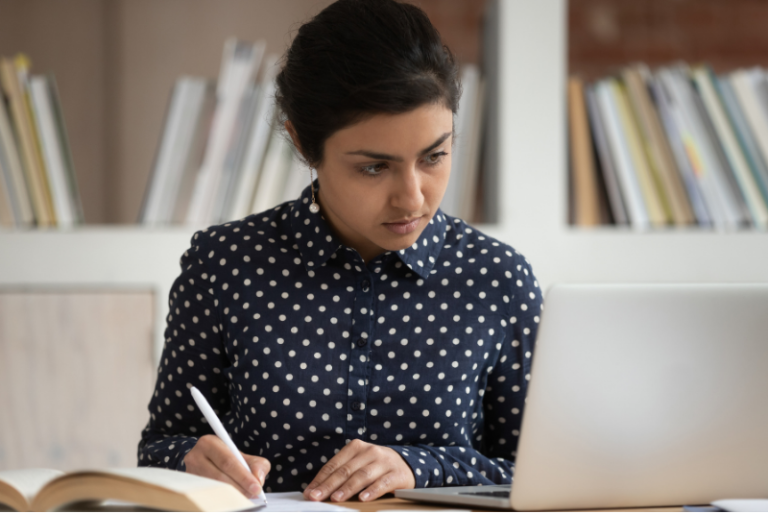
Learning Disability and ADHD – Create Inclusive Culture in School
Inclusivity is the key for helping students with Learning Disability and ADHD to overcome their difficulties and reach their full potential. It helps them normalise their everyday life and can give a sense of confidence and achievement, if it is handled correctly.
As educators, the students’ inclusive experience in school is almost entirely dependent on your approach as an educator. A deep understanding of Learning Disabilities and ADHD, the psychology of students with these Learning Disabilities and ADHD is crucial to make the most difference to the students’ school experience. Even more so is the ability to empathise with the student, which helps in tailoring the right interventions and approaches which best suit each child.
Make yourself aware
While understanding and supporting the diverse needs of students with Learning Disability and ADHD is an integral part of inclusive education, it is equally important to create an inclusive culture within the classroom and the school. Peers who do not have disabilities need to be empathetic, aware, sensitive and inclusive.
If you are an educator, chances are you are working with students with diverse learning needs, including those with disabilities, whether diagnosed or undiagnosed. In every classroom, there will be students who learn differently from the majority and are either lagging in specific skills or are more advanced. Educators must strive to reach ALL students. Therefore, it becomes critical that teachers and administrators make themselves aware of and understand the needs of students with Learning Disability and ADHD, especially high incidence ones such as Specific Learning Disability (SLD)

Inclusion begins with awareness and a shift in mindset. Understanding why some learners behave the way they do, helps us empathise with them even more and accordingly cater to their needs in the classroom. If you are unsure of what a specific disability means and how to work with one particular child, do your research and reach out. No one expects teachers to know everything, so it is okay to reach out for support to colleagues who may know more about the disability. Here are some steps you may take:
• Look up websites such as this one, read more about the disabilities, how they manifest and what these learners need.
• Reach out to special educators, counsellors and other teachers to discuss ideas, strategies and to understand the students’ needs better.
• Look for workshops, training sessions, webinars or online courses on disabilities and inclusive education. Ask your school to support you with these training sessions whenever possible.
• Talk to students and their families to better understand their needs.